Key Astronomical Events of 2021
Cover hoto by Nick Owuor (astro.nic.visuals) on Unsplash.
The following is a list of the most interesting astronomical events that will happen in 2021. Please let us know if you think we should include some additional events.
January 3 2021 - Quadrantids Meteor Shower
The activity period of the Quadrantids meteor shower is from the end of December to the second week of January, and the peak of activity is expected by January 3rd. This is one of the most interesting and must-see meteor showers, which can provide up to 100 meteors per hour.
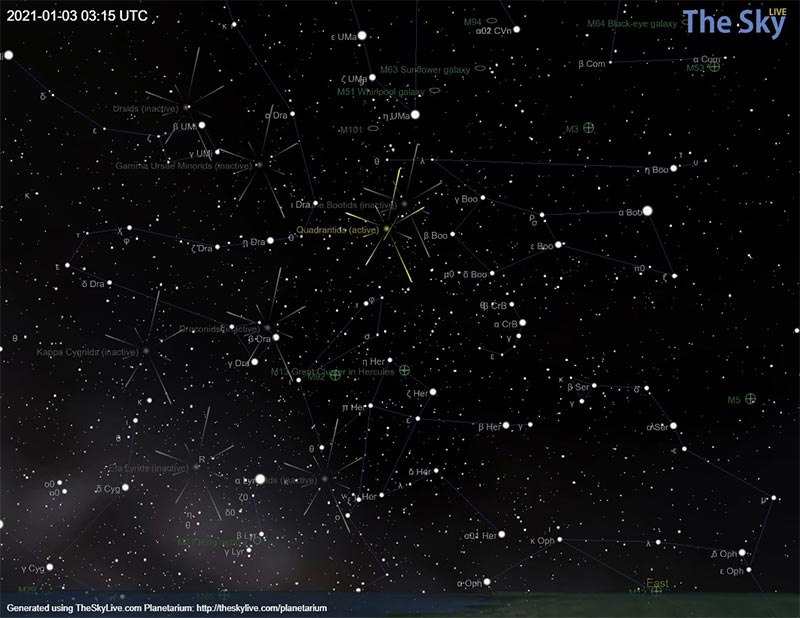
The shower will be best visible from the northern hemisphere in the early morning (see this interactive sky chart to locate the position of the Quadrantids radians in the sky), however the presence of the Waning Gibbous Moon will brighten up the sky and prevent the observation of the faintest meteors.
January 24 2021 - Mercury Greatest Elongation (Eastern)
Mercury will be in particularly favorable conditions for observation around January 24, where it will reach its greatest eastern elongation (about 18.5° from the Sun). It will set about 1.5 hours after the Sun and it should be quite easily visible from places with a free horizon in the direction where the Sun will set. Check out this Interactive Map of the sky on Jan 24 to help locate the planet.
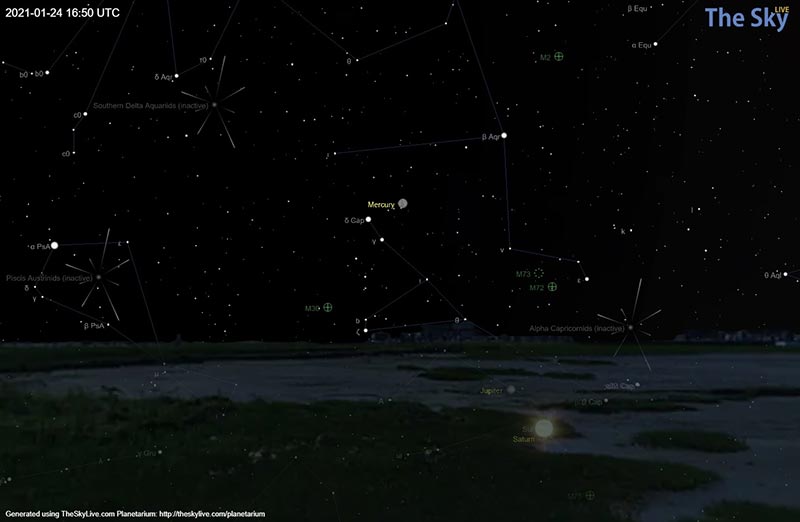
February 11 2021 - Venus and Jupiter Conjunction
Very interesting phenomenon, though very challenging observing conditions. Venus and Jupiter will appear as two bright stars very low on the south-eastern horizon in the light of the rising Sun on the morning of February 21. They will be separated by about half a degree (about the diameter of the full Moon). Mercury and Saturn will be in the proximity as well, but much more difficult to see due to their relatively low brightness. Check out this Interactive Map of the sky on Jan 24 to help locate the planets.
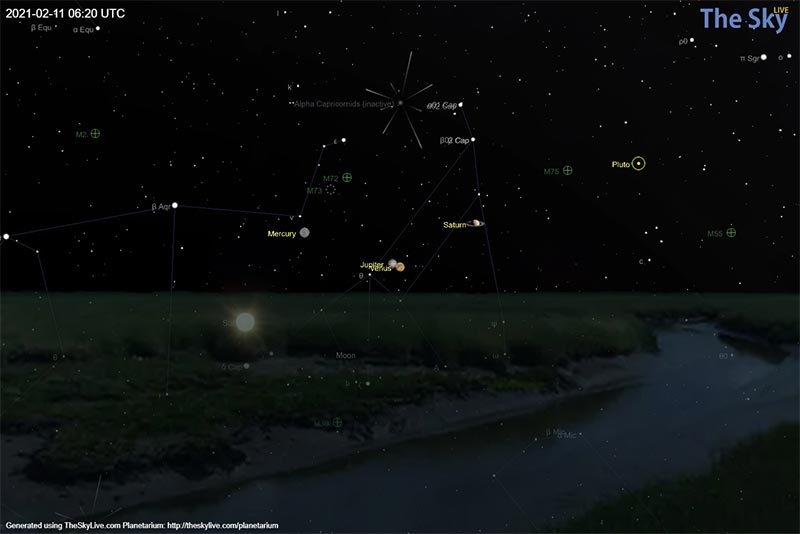
March 5 2021 - Jupiter and Mercury Conjunction
On March 5th 2021 it will be possible to observe a close conjunction between Jupiter and Mercury. It will be a quite difficult phenomenon to observe, because the two planets will be very low above the eastern horizon, as shown in the sky chart below (see also this interactive chart):
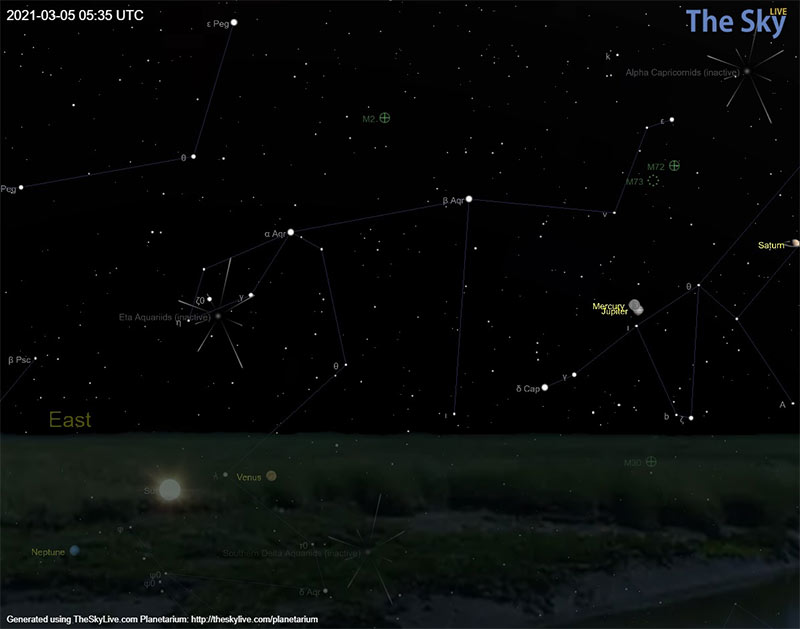
In order to get the best chances to observe the 2021 Jupiter and Mercury conjunction, find a location from where you can get free access to the eastern horizon, and search for the two planets very low in the sky. They will be immersed in the pre-dawn light, so a binocular can be very useful.
March 9 2021 - Moon, Jupiter, Mercury and Saturn
A very nice quartet formed by the Moon, Jupiter, Mercury and Saturn in the pre-dawn sky of March 9. It will require a location with a free view of the south-eastern horizon. Check out this Interactive Sky Chart for March 9.
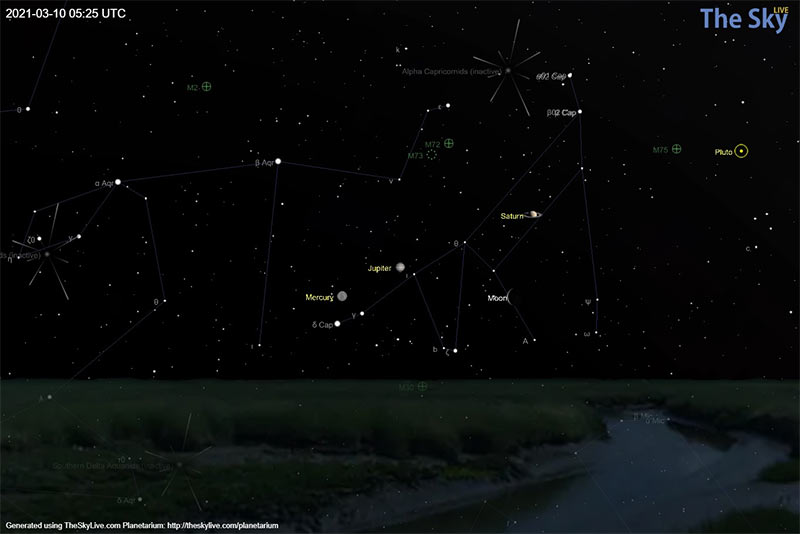
April 17 2021 - Moon Occultation of Mars
On April 17 the Moon will occult Mars. Most of the world will see a close conjunction while a full occultation will be visible from central Africa, Middle East, India, Thailand and Indonesia, as shown in the map below (source NAOJ)
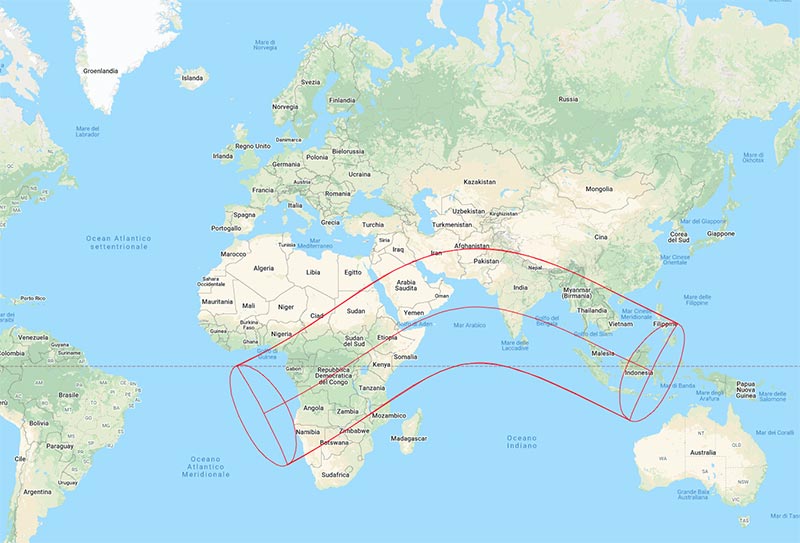
May 17 2021 - Mercury Greatest Elongation (Eastern)
Probably this will be one of the best chances to observe Mercury after sunset this year. On May 17 it will have a 22° elongation and will be setting approximately 2 hours after the sun. Venus will be there as well, much closer to the Sun though (13° elongation). Check out this Interactive Map of the sky on Jan 24 to help locate the planet.
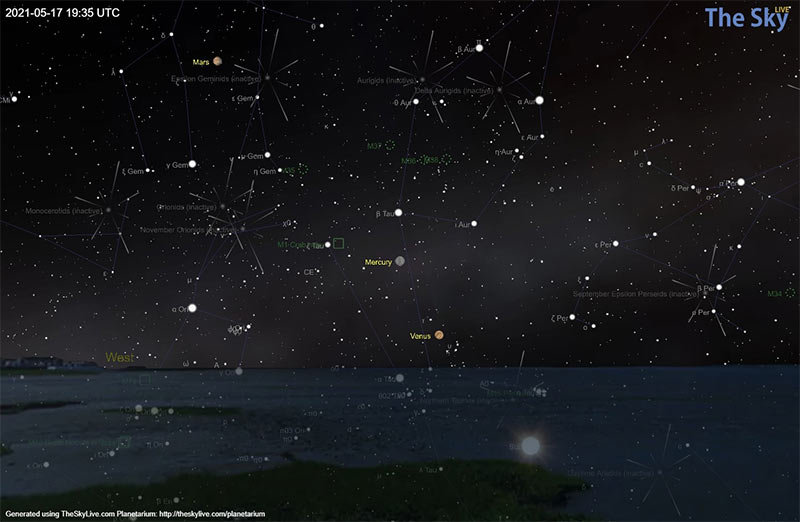
May 26 2021 - Total Eclipse of the Moon (and Supermoon)
A Supermoon happens when the Moon is full and very close to the perigee (the point of the orbit where the Moon is closest to the Earth). Supermoons are usually spectacular because the apparent diameter of the Moon is at its greatest exactly when the Moon is full.
The particular Supermoon of May 26 2021 will happen during a Total Eclipse of the Moon. As shown in the picture below (NASA, Public Domain, Link) the eclipse will be mostly visible across the Pacific Ocean, Australia and western coasts of North America and South America.

The maximum eclipse will happen at 11:19 Universal Time, and the following picture (w:User:SockPuppetForTomruen, CC0, via Wikimedia Commons) shows the position of the fully eclipsed Moon with respect to the Earth shadow at that time.
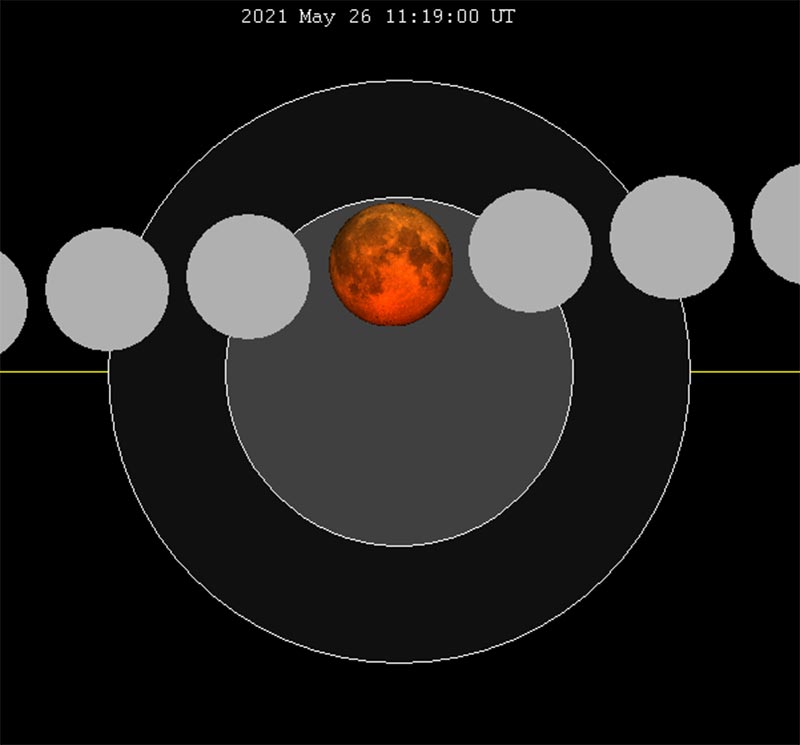
May 27 2021 - Comet 7P/Pons-Winnecke at Perihelion
Periodic Comet 7P/Pons-Winnecke is coming back to perihelion after its orbital period of 6.3 years. This year is going to offer quite favorable conditions, since the comet will pass at about 0.45 Astronomical Units from Earth, the closest approach since 1945.
June 10 2021 - Annular Solar Eclipse
This is the first of the two Solar Eclipses visible during 2021. It will be an Annular Eclipse, and a quite uncommon one, since the annularity strip will cover the extreme north, even crossing the North Pole (see picture below, Attribution: Eclipse Predictions by Fred Espenak, NASA's GSFC, Public domain, via Wikimedia Commons)
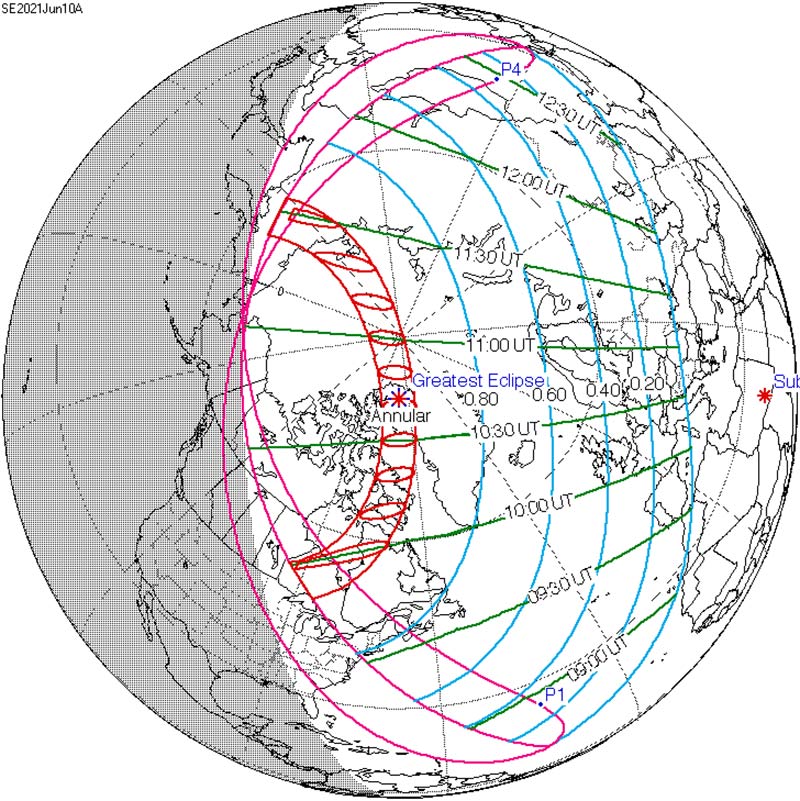
A partial Partial solar eclipse will be visible across a a vast part of Europe and Asia, visit the June 10th 20201 Annular Solar Eclipse page to find out visibility information for your location.
July 4 2021 - Mercury Greatest Elongation (Western)
On July 4 Mercury will reach 21.6° western elongation and will be rising approximately 1.5 hours before the sun. Check out this Interactive Map of the sky on July 4 to help locate the planet.
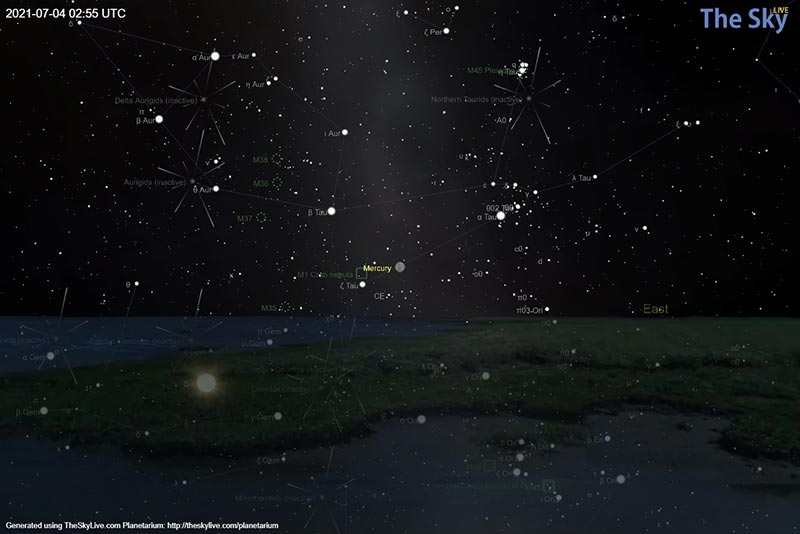
July 12 2021 - Venus and Mars Conjunction
In the evening sky of July 12 the bright white Venus and red Mars will be less than a degree apart. The young Moon will be not very far as well offering a beautiful scene. Check out this Interactive Map of the sky on July 12 to locate Mars, Venus and the Moon.
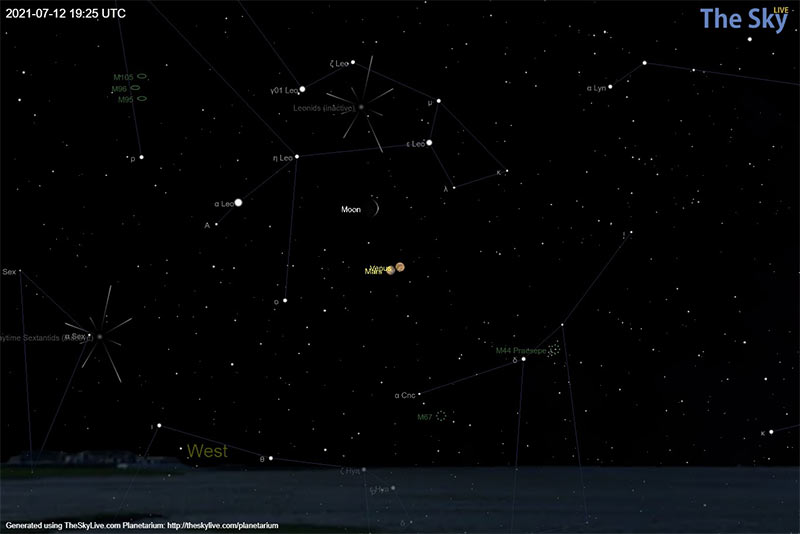
August 2 2021 - Saturn at Opposition
This will be the best time to observe Saturn this year. On August 2 it will be at opposition at a distance of 1337 million kilometers and it will shine of magnitude 0.87. Check out this Interactive Sky Chart on August 2 to help locate the planet.
August 12 2021 - Perseids Meteor Shower
This is one of the most famous meteor showers of all. The period of activity of the Perseids meteor shower starts around July 17th and ends around August 24th, with a peal activity usually around August 12th. At peak this meteor shower is known to produce up to 100/150 meteors per hour, when observed from a dark site and the observation is not disturbed by the Moon. This year in particular the observing conditions will be ideal because on August 12th the Moon will set about 1.5 hours after the Sun, so it's light won't interfere with the observations.
August 19 2021 - Jupiter at Opposition
This will be the best time to observe Jupiter this year. About a couple of weeks after Saturn opposition, on August 19 Jupiter will be at opposition at a distance of 600 million kilometers and it will be extremely bright in the sky, with a magnitude -2.88. Check out this Interactive Sky Chart for August 19 to help locate Jupiter in the sky.
September 14 2021 - Neptune at Opposition
September will be the best time to observe Neptune this year. It will be at opposition on September 14, at a distance of 4326 million kilometers and a magnitude of 7.82. At this time it should be easily visible with a pair of binoculars. Check out this Interactive Sky Chart for September 14 to help locate Neptune in the sky.
September 14 2021 - Mercury Greatest Elongation (Eastern)
Another opportunity to observe Mercury after sunset in 2021. On September 14 it will have a 26.8° eastern elongation. Observing conditions will be better at lower latitudes, from where it will be setting approximately 1.5 hours after the sun. Check out this Interactive Sky Chart for September 14 to help locate the planet.
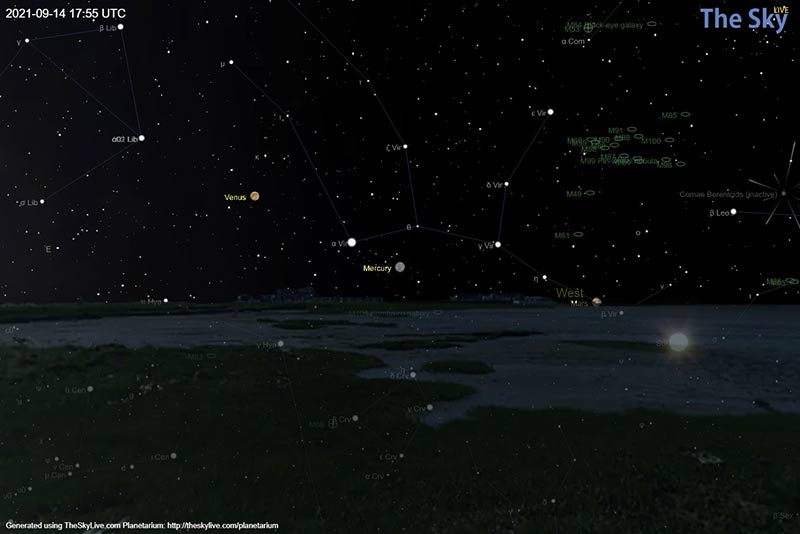
October to December 2021 - Comet Leonard C/2021 A1 at its brightest
According to current and very early brightness predictions,Comet Leonard C/2021 A1 is expected to become a binocular comet since september/october 2021 and shine as bright as magnitude 0 around Christmas 2021, before reaching perihelion on Jan 3, 2022. It will be definitely an interesting object to follow throughout the year and particularly during Autumn.

November 2 2021 - Comet 67P/Churyumov-Gerasimenko at Perihelion
Periodic Comet 67P/Churyumov-Gerasimenko is coming back to perihelion after its orbital period of 6.45 years. This comet is particularly famous because it has been the target of ESA's Rosetta Mission. At the beginning of November it should be as bright as magnitude 10, and so visible with medium size telescopes.
November 4 2021 - Uranus at Opposition
November will be the best time to observe Uranus this year. It will be at opposition on November 4, at a distance of 20803 million kilometers and will shine of a magnitude of 5.65. At this time it will be at the limit of naked eye visibility and will be easily visible with a pair of binoculars. Check out this Interactive Sky Chart for November 4 to help locate Uranus in the sky.
November 8 2021 - Moon Occultation of Venus
On November 8 the Moon will occult Venus. Most of the world will see a close conjunction while a full occultation will be visible from Japan and some regions of China, Mongolia, Corea and Russia, as shown in the map below (source NAOJ)
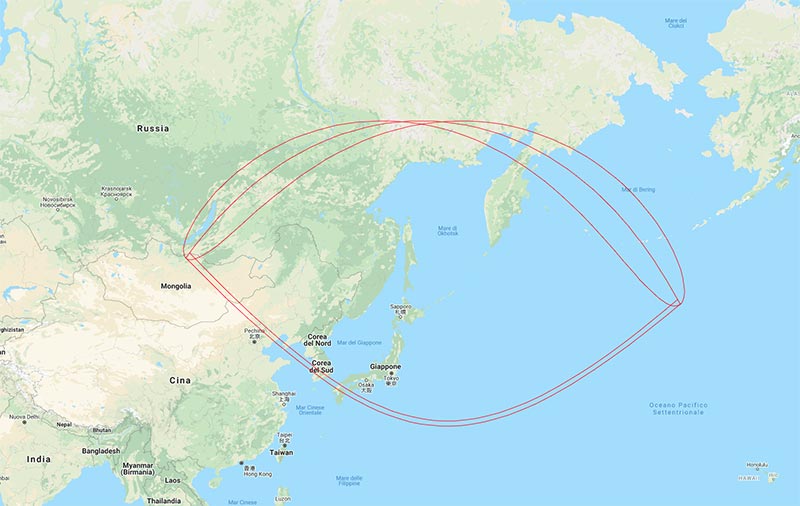
Nov 19 2021 - Partial Eclipse of the Moon
As shown in the picture below (NASA, Public domain, via Wikimedia Commons) the eclipse will be mostly visible from North America and across the Pacific Ocean, with more limited visibility from Asia, Western Europe and North Western Africa.
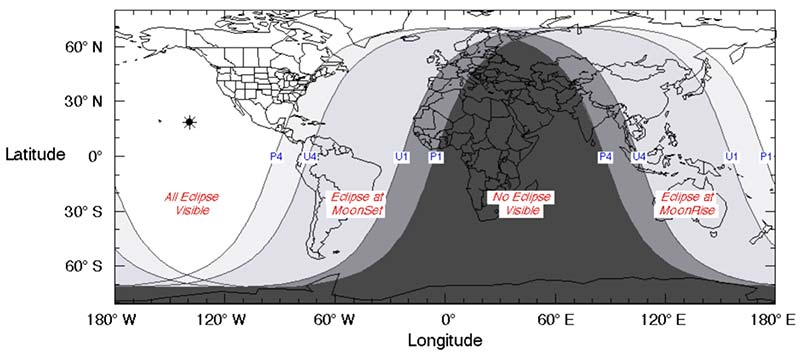
The maximum eclipse will happen at 9:03 Universal Time, and the following picture (SockPuppetForTomruen at English Wikipedia, Public domain, via Wikimedia Commons) shows the position of the eclipsed Moon with respect to the Earth shadow at that time. As it can be seen from this image, the eclipse will be almost total.

December 4 2021 - Total Solar Eclipse
While the first solar eclipse of 2021 will be visible from the extreme north of the planet, the second solar eclipse of 2021, happening on December 4th, will be visible from the extreme south.
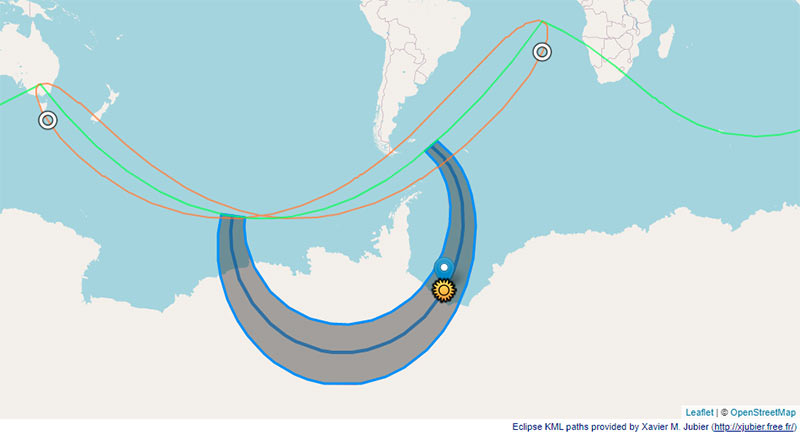
The maximum eclipse will happen close to the Berkner Island in Antarctica and the totality duration from there will be 1 minute and 55 seconds. Check our all the details of this eclipse.










